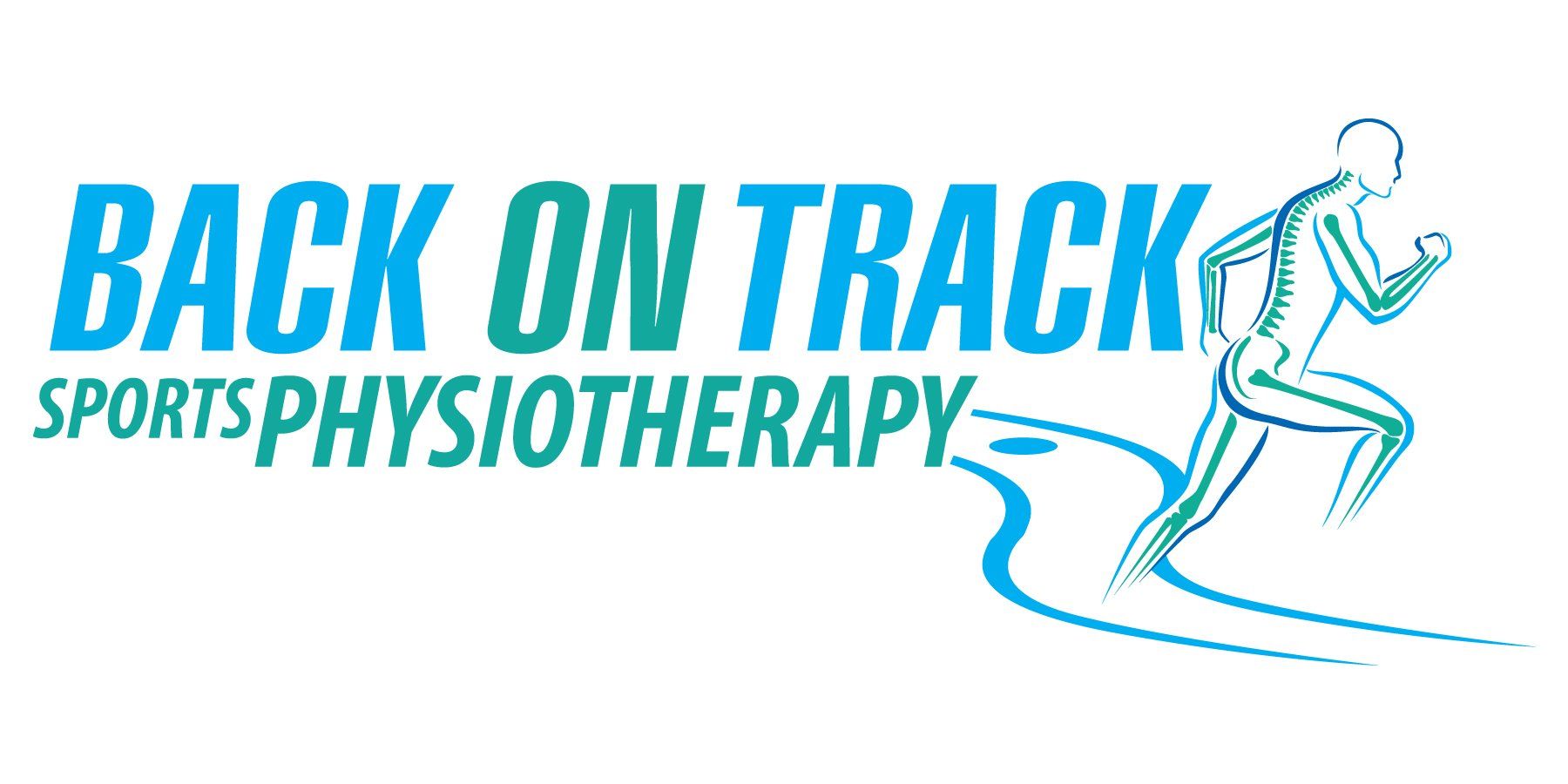Open 7 Days

19-21 High Street, Glen Iris
Physiotherapy for Lower Back Pain: Effective Exercises and Treatments

Low back pain can be a debilitating injury impacting one’s day to day life. It is one of the most common presentations at physiotherapy clinics and affects up to 80% of people throughout their life. Learn how our physiotherapy team can help you overcome this challenge and reclaim your quality of life, and discover some effective solutions that you can adopt in the meantime.
Types:
Generally, low back pain can be categorised into three subtypes:
- Acute: < 6 weeks
- Sub-acute: 6-12 weeks
- Chronic: >12 weeks
Common symptoms:
- Pain and discomfort during prolonged sitting, standing or resting
- Worsening pain with lifting and bending
- Stiffness in the morning, resolving with movement
- Numbness or weakness in legs or feet
- Referring pain into legs
Risk factors:
Low back pain can affect anyone and most people do experience back pain at some point in their life. Some factors that may increase the risk of the onset of low back pain include:
- Low fitness levels resulting in weaker muscles in the back, glutes and core resulting in certain muscles working harder to compensate
- Weight gain can put an increased stress on the back
- Age: back pain is more common after the age of 45
- Genetics play a role in some disorders that result in back pain
- Stress levels can increase back pain and make it more severe
- Job related risk factors that include labour work resulting in injuries to the back or prolonged sitting time particularly with poor postures
Causes:
- Mechanical
- Sprain: injury related to ligaments supporting the spine
- Strain: injury to the muscles or tendons along the back
- Degenerative disc diseases/spondylosis: normal aging of the spine resulting in decreased height of vertebrae
- Fractured vertebra/spondylolysis
- Spondylolisthesis: vertebra is out of alignment with the rest of the spine
- Spinal stenosis: narrowing of the spinal canal, resulting in pressure being placed on the spinal cord and other nerves
- Herniated or ruptured discs: compression of disc irritating the nerves nearby
- Myofascial pain: tightness and pain of the muscles supporting the spine as a result of posture, damage to muscles, nerve input to muscles from spine
2. Inflammatory
- Ankylosing spondylitis: arthritis in the spine causing inflammation to the spine
3. Other medical conditions
- Osteoporosis: resulting in compression fractures
- Fibromyalgia: a condition resulting in the widespread pain in muscles and fatigue
- Tumors: which rarely develop on spine or other areas of the back
- Pregnancy
- Endometriosis
- Kidney stones
Treatment options:
Acute/subacute back pain -
- Dry needling
- Massage
- Spinal mobilisation
- Heat packs
- Medication for pain management including Aspirin, Voltaren, Ibuprofen, Diclofenac
Chronic back pain –
- Exercise (strengthening, flexibility, Pilates, Tai chi, Yoga, etc.)
- Motor control exercises which focus on restoring coordination, control and strength of the muscles around the spine
- Relaxation techniques
- Dry needling
- Spinal mobilisation
For more information, book an appointment with one of our physiotherapists here.
References:
Owen, P. J., Miller, C. T., Mundell, N. L., Verswijveren, S. J., Tagliaferri, S. D., Brisby, H., ... & Belavy, D. L. (2020). Which specific modes of exercise training are most effective for treating low back pain? Network meta-analysis. British journal of sports medicine, 54(21), 1279-1287.
Qaseem, A., Wilt, T. J., McLean, R. M., Forciea, M. A., & Clinical Guidelines Committee of the American College of Physicians*. (2017). Noninvasive treatments for acute, subacute, and chronic low back pain: a clinical practice guideline from the American College of Physicians. Annals of internal medicine, 166(7), 514-530.


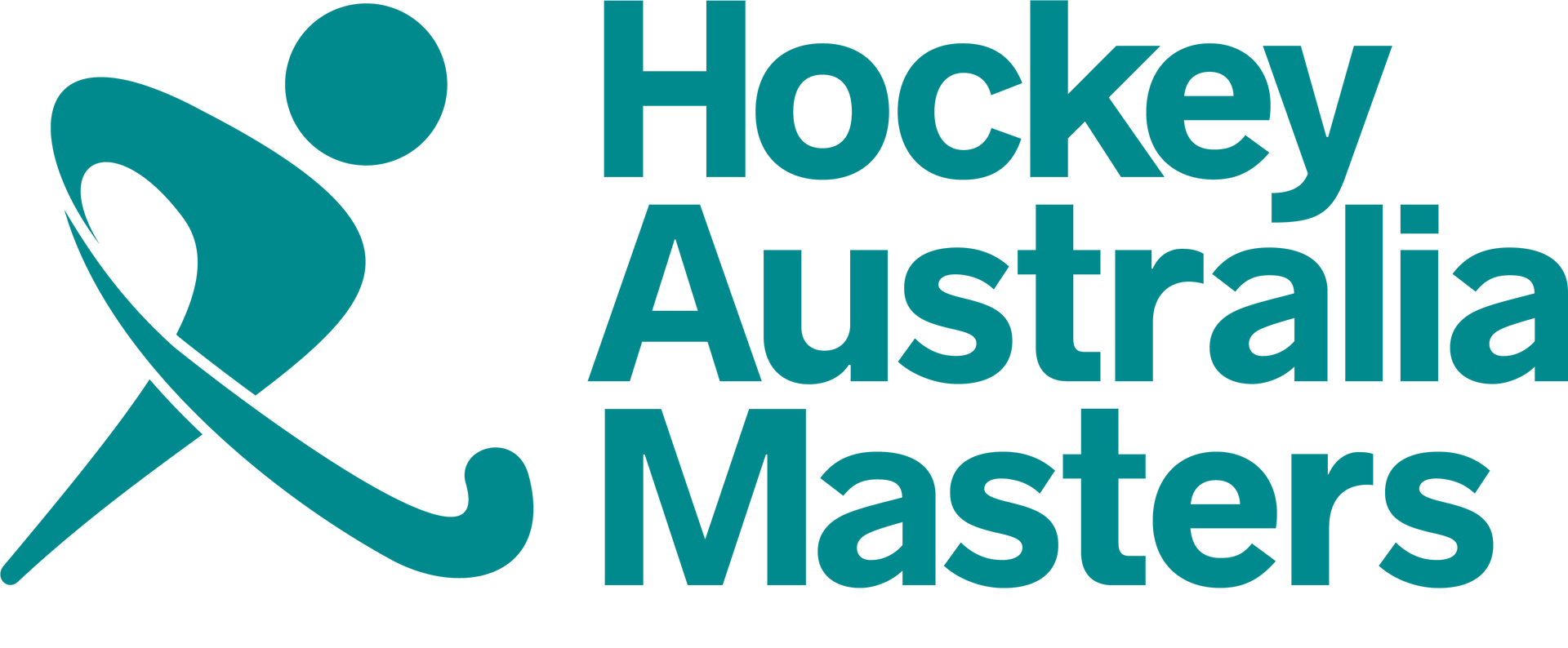


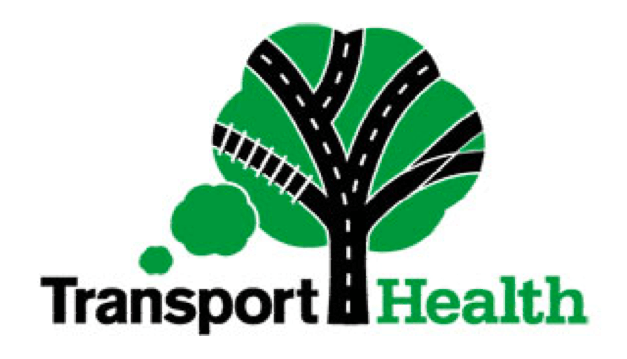







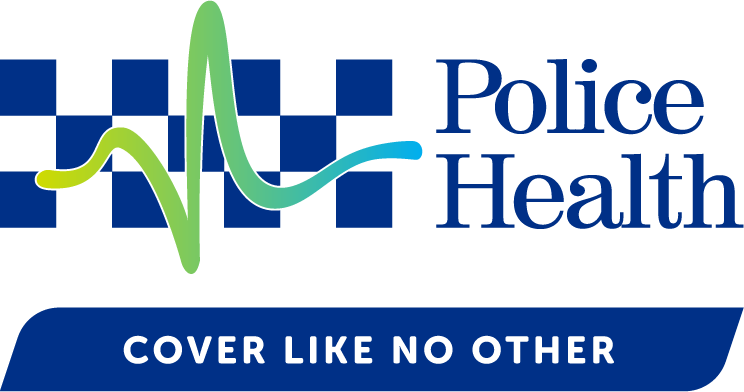








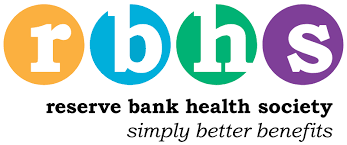



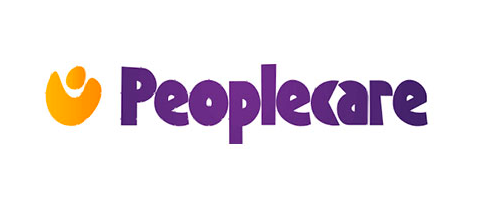
























Conditions We Treat
Back Pain & Injury
Neck Pain & Injury
Headaches & Migraine
Lower Limb Pain
Plantar Fasciitis
Hip pain
Pregnancy Related Pain
Shoulder Pain & Injury
Wrist & Hand Pain
New Title
Pelvic pain
Post-surgery rehabilitation
Sports injuries
Joint pains
Spinal stenosis
Foot and ankle pain
Muscle strains and sprains
Disc conditions
Sciatica
Postural pain
At Back on Track Sports Physiotherapy, we're dedicated to enhancing your well-being and help you live pain free. Proudly serving Glen Iris, Malvern, Hawthorn, Ashburton, Toorak, Camberwell, South Yarra, Kooyong, Malvern East, Hawthorn East, Burwood, Canterbury, Surrey Hills, Armadale and Chadstone.
